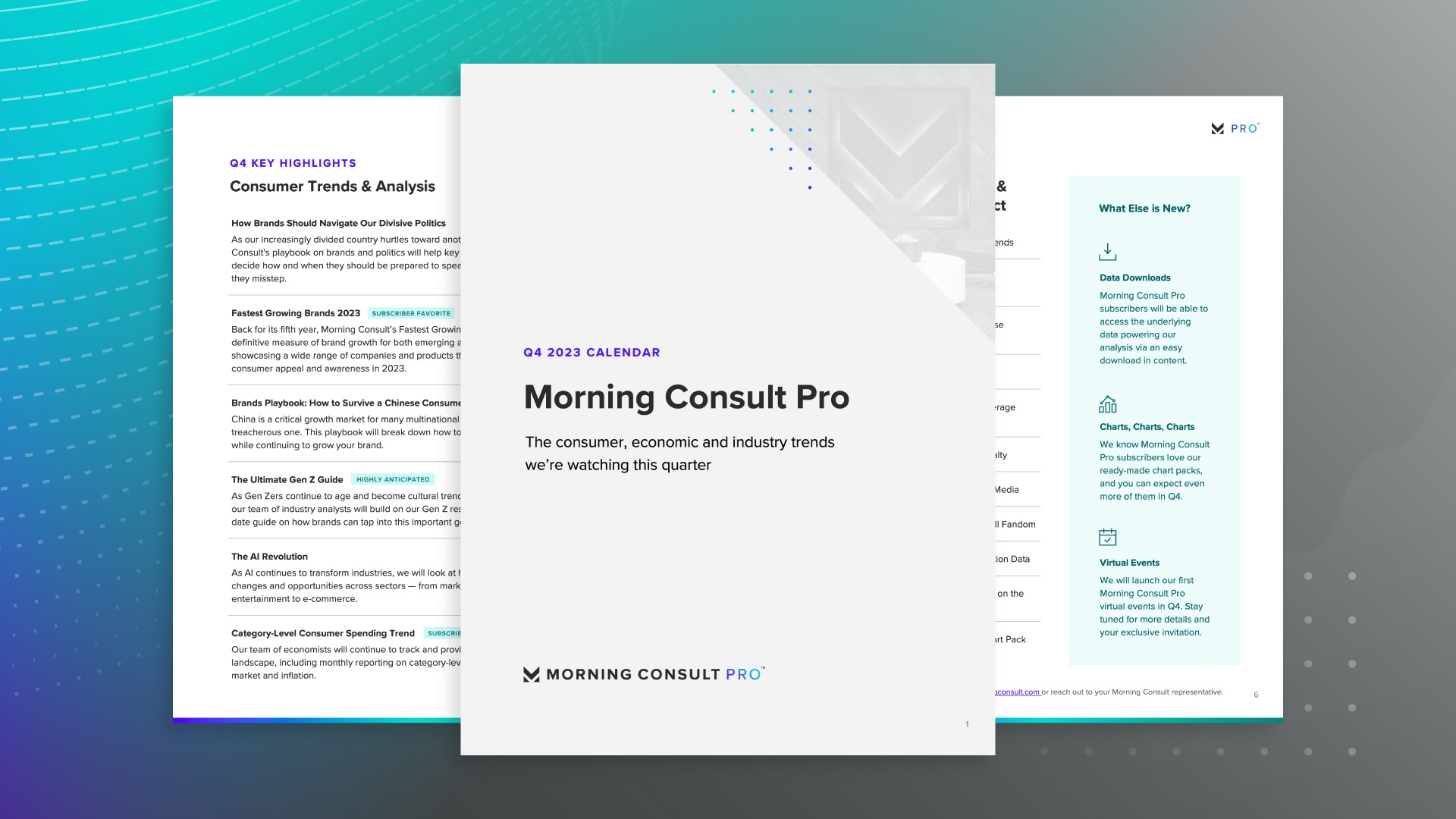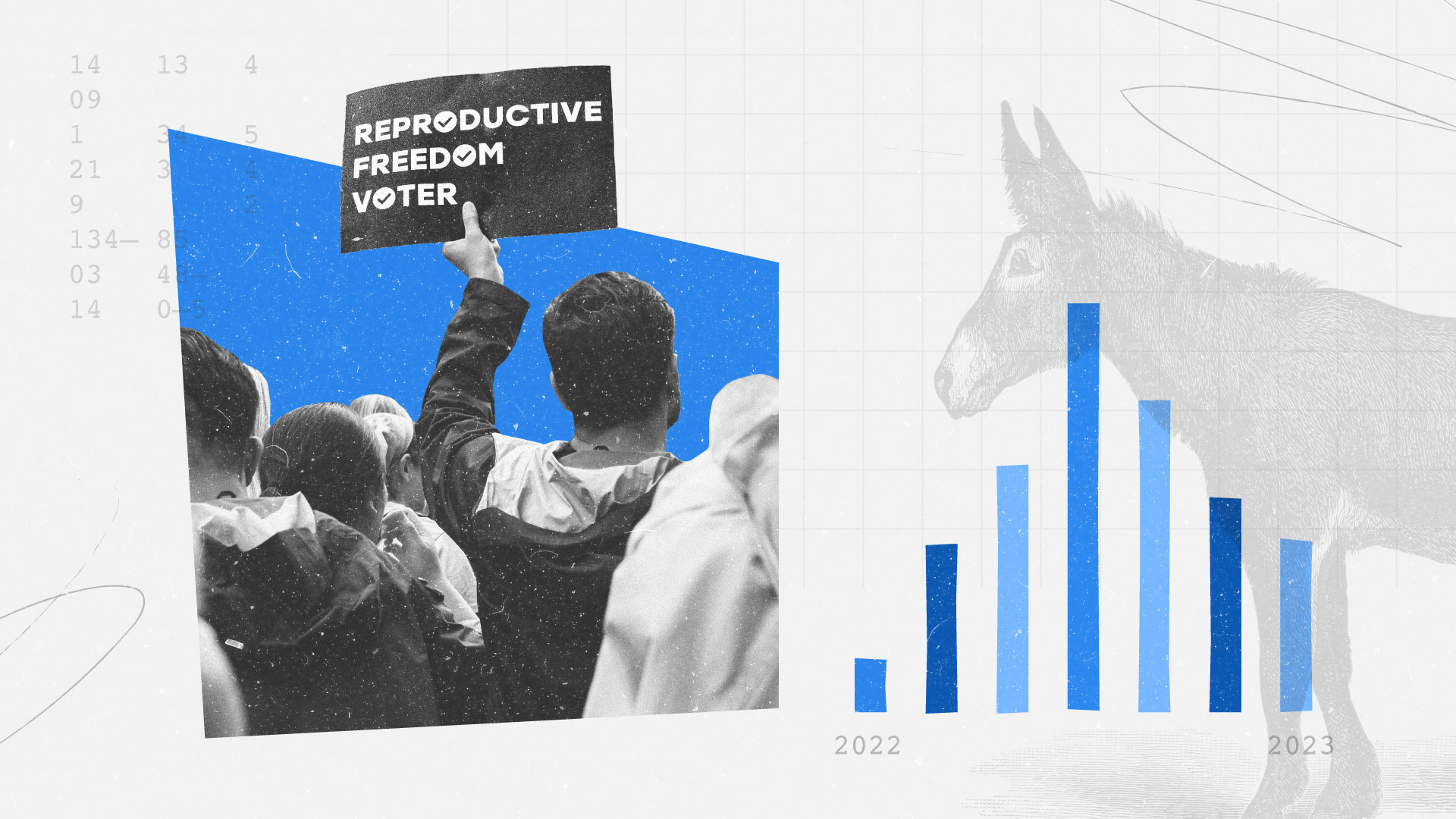Despite NFL’s Caution, Sponsorship Execs Say In-Game Jersey Patches Are Inevitable

Big money awaits all 32 NFL clubs through one of the more lucrative sports revenue streams currently being leveraged by other major U.S. pro leagues: jersey patch sponsorships. The premier in-game real estate, which some executives described as a “jewel” asset, would feature prominently in America’s most-watched broadcasts each year, making it one of the most sought-after industry sponsorships.
Currently, the NBA and MLS are the only two major U.S. professional sports leagues that allow teams to sell jersey sponsorships, with the latter now permitting clubs who've already sold a primary kit sponsor to sell a second ad on sleeves for the 2020 season. The NBA extended its three-year pilot program -- which began with the 2017-18 campaign -- indefinitely. By the end of last season, all 30 clubs had a jersey patch partner.
Unlike stadium naming rights -- which can cover multiple decades and also carry a hefty price tag of seven or eight figures annually -- patches travel from market to market, so a smaller club with a jersey partner that’s only known within a 150-mile radius could receive the added benefit of being visible in a major market such as Los Angeles or New York.
Michael Neuman, managing partner of New York City-based Scout Sports and Entertainment, said some companies could use the patch as a “complementary way to drive in-game relevancy,” such as current NFL sponsor Pizza Hut Holdings LLC, sports betting shops and global merchandise retailer Fanatics Inc.
Despite the increased adoption of in-game jersey ads in other domestic pro sports leagues, the NFL is believed to be taking a “wait-and-see” approach, said Neuman. From his conversations with team executives, Neuman says he doesn’t get the sense the NFL is in a hurry to rush forward with a patch offering, facing little pressure to generate incremental sponsorship revenue to bolster the league’s financial health.
Teams in larger markets and some of the most popular franchises -- such as the New England Patriots, Dallas Cowboys and New York Giants -- could have a patch deal worth $25 million annually, according to estimations provided by Chicago-based analytics and valuation company Navigate Research, which said that its estimate assumes a 20 percent higher rate for NFL patches compared to those in the NBA.
The company found that less popular NFL franchises and those in smaller markets such as the Jacksonville Jaguars, Detroit Lions and Cincinnati Bengals could secure a patch partner valued around $4 million, with the overall yearly average value coming to about $9 million for NFL clubs.
Jason Miller, senior vice president and head of sports properties at talent representation and marketing agency Excel Sports Management, similarly placed a $20 million to $30 million estimation for top teams, saying he wouldn’t be surprised if the Cowboys or Patriots earned as much as $50 million after the opening years of the sponsorship offering. Those higher estimates dwarf what the NBA has brought in during its pilot program, with deals reportedly ranging from $5 million to $20 million.
NFL jersey patches will “be some of the biggest deals in the history of North American sports,” Miller said.
While money that big may seem like a no-brainer, a number of factors are prompting a cautious stance from NFL owners and executives.
The NFL is fiercely protective of “The Shield,” executives said, and it’s wary of doing anything commercially that could have negative consequences for its image. Multiple people interviewed for the story pondered whether incorporating jersey ads into the game could cheapen the league’s intellectual property and clutter game presentation.
An even bigger potential elephant in the room is the NFL’s impending broadcast rights negotiations with Fox Corp., CBS Corp., Walt Disney Co. and Comcast Corp.’s NBCUniversal Media, which all have deals with the league set to expire within the next 5 years.
Todd Kline, former Washington Redskins chief commercial officer and current senior vice president of sports talent and property sales at Endeavor, said that the NFL is “very mindful” of its largest revenue stream -- television and streaming rights -- and wary of jeopardizing “broadcasters’ ability to monetize.”
Executives noted that the NFL already takes measures to protect media networks, shelling out billions of dollars in rights fees, as well as its sideline partners such as Bose Corp., Gatorade and Microsoft Corp. by preventing home teams from displaying signage facing the field or below the goal posts that could be visible on television. Solidifying these media agreements while simultaneously determining how a future jersey patch offering could affect those broadcasters, league partners and in-game television advertisers is one of the meatier issues on the table.
Even if patch deals for all 32 clubs fetched a combined $500 million each year, Miller said, that could pale in comparison to what the league pulls in through the next cycle of media rights talks.
“Maybe the rights deals get up to $15 to $20 billion,” he said. “Do you screw that up?”
It’s a tough call, Navigate Research President Jeff Nelson said, especially when each NFL club is being handed an annual check that exceeds $200 million as part of the league’s revenue distribution from media rights sales.
There are also concerns that implementing a patch program -- which would serve as the centerpiece of a larger, 360-degree sponsorship package -- could cannibalize teams’ pre-existing corporate partnerships or prompt its advertisers to shift their spending away from TV and digital mediums. Though, according to some, the biggest spenders -- beer, automotive, telecommunications, technology and soft drink companies -- have the marketing budgets to execute both.
There’s another advantage to moving slowly. From its perch in the catbird seat, looking out over the other major U.S. pro sports leagues, the NFL has the luxury of being patient while other leagues establish “accurate price points” for their own patches, said Scout’s Neuman. This upcoming season, he says, the NBA can reset the marketplace through negotiations surrounding renewals and prospective partners.
Major League Baseball could be the next to take the patch plunge and will reportedly have ads on jerseys within three years, with a senior league executive saying it’s “inevitable” in a July interview with Sports Business Journal.
There’s no sense of urgency but eventually the dollars will be big enough that the NFL will sell patches.
Neuman provided a “three to five” or “four to six” year window where there could be something “more tangible” from the NFL, while Nelson said he’d estimate that the MLB and the NHL will adopt some semblance of a patch offering in the next two to four years, with the NFL closely behind “maybe in the next five to seven years.”
“There’s no sense of urgency but eventually the dollars will be big enough that the NFL will sell patches,” said Nelson, adding that he could see the league being more receptive to jersey ads once they see a more robust sample size of patch deals across the other leagues and the dollars that follow.
When the NFL actually commits to some jersey patch initiative, there will be a number of key issues to address. Determining the revenue split between owners and players through collective bargaining will be one negotiating hurdle. The current CBA expires following the 2020 season and while there’s been broader on-and-off labor discussions this summer, the jersey patch conversation hasn’t taken precedence yet, said people interviewed for this story.
The NFL didn’t respond to a request for comment, while the NFL Players Association declined to comment.
Additional questions surrounding the patch include jersey location, its size, which categories will be available for marketers to sell, whether brands will be forced to execute a media buy if they also want to secure a jersey partnership and who will sell the inventory.
Seth Frankenthal, vice president of corporate partnerships at Santa Monica, Calif.-based sponsorship sales and consulting firm Premier Partnerships, said he wouldn’t be surprised if the NFL sold a league-wide sponsorship, rather than all 32 teams selling their own patch.
By doing so, the NFL could arguably eliminate any potential future conflict between a home team’s naming rights sponsor and the visiting team’s patch partner, a scenario that is not yet believed to have emerged with the NBA in its first two full seasons after offering the new piece of inventory.
Frankenthal pointed in particular to MLB’s most recent two-game London series this summer -- where the Boston Red Sox and New York Yankees wore Biofreeze ads on their jersey sleeves -- along with other ancillary games outside of the United States when players have donned patches as a potential testing ground for the NFL, which is scheduling more and more games across the pond.
“Maybe the NFL’s foray into the patches could be the London games,” he said.
Mark J. Burns previously worked at Morning Consult as a sports analyst.


